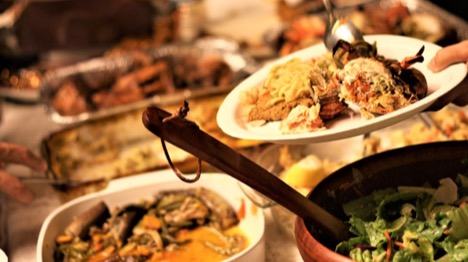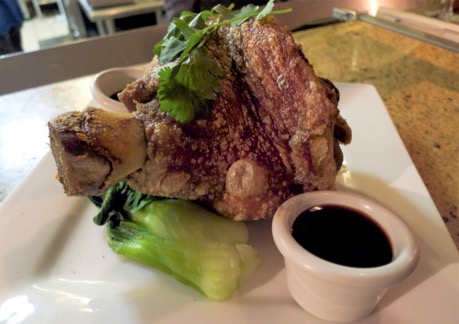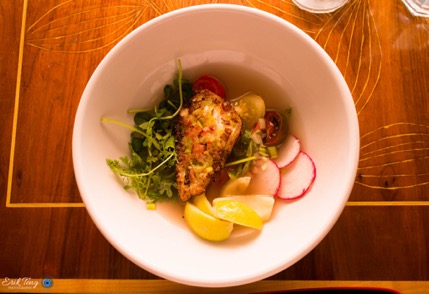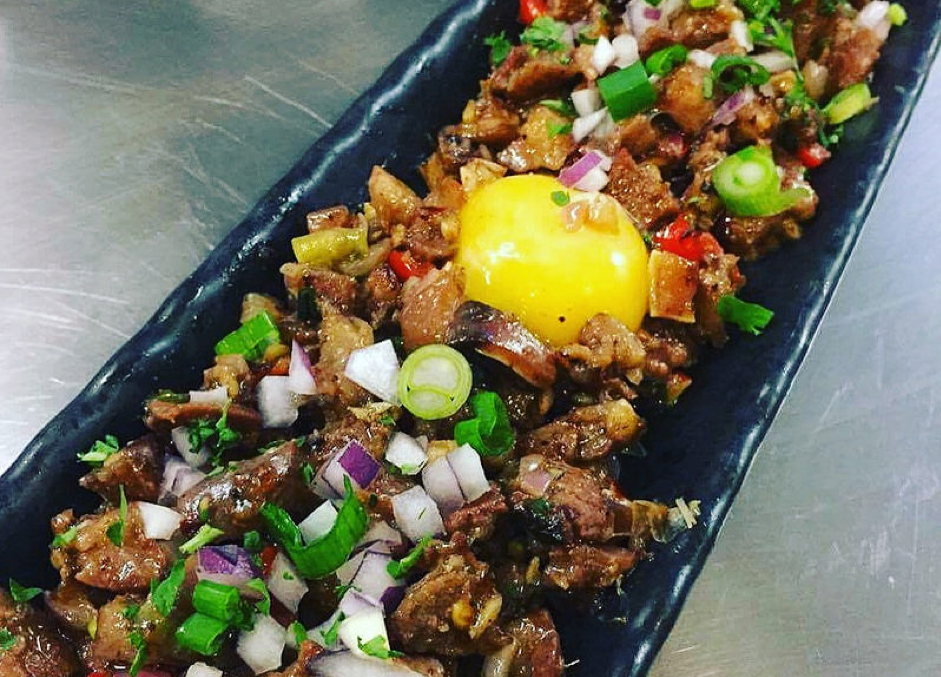Published on October 2, 2019

Welcome to another culinary feature in our second edition of Taste of ASEAN. Our food series takes a fascinating trip around Southeast Asia to discover cultural influences and traditions to native cuisines.
Join us in this feature as we explore the vibrant Philippines where we tour must-try restaurants and dishes across the nation. Boasting a diverse range of appetizing foods, the Philippines offers a fabulous variety for all food-loving globetrotters.
Filipino Cuisine
As the second largest archipelago, after Indonesia, the Philippines consists of over 7,000 stunning islands, making it the perfect destination for island-hoppers. The Philippines is known to be the fifth largest English-speaking nation in the world, making it especially easy to travel around for Western vacationers.
Filipino cuisine combines an exciting mix of both Eastern and Western cultures – borrowing influences from Spain, Indonesia, China, India, Malaysia, and America. Many dishes contain the contrasting flavors of both sugar and vinegar, offering a sharp yet sweet base. You’ll find the sweet and sour taste a defining flavor in local Filipino food.
Traditional Filipino recipes are not too seasoned compared to other neighboring Asian cuisines. Dishes such as lechon kawali (deep-fried pork belly), kare kare (meat or seafood stew) are often served mild and additional seasonings including soy sauce or bagoong (shrimp paste) can be added at the table.
Filipinos are also huge fans of merienda – otherwise known as ‘snacks between meals’. Expect to find a range of sweet and savory pastries, fish balls and the famous Filipino delicacy – balut (preserved duck embryo), while on your explorations.
Here we share a few of our favorite Filipino dishes and tell you where to find them on your next trip to the Philippines.
Filipino Restaurant – Bistro Remedios
Larry J. Cruz, founder of Ang Bistro sa Remedios (now known as Bistro Remedios) started out his restaurant venture in 1984, serving a range of Filipino dishes representing different regions of the Philippines. With specialties from the Pampanga province, Cruz aimed to make food that appealed to both native and foreign palates.
Part of the LJC group of restaurants, Bistro Remedios continues to be popular with both foreigners and Filipino families, largely down to its no-frills take on traditional homemade-style cooking. Here you will enjoy authentic dishes including bagnet (deep-fried crispy pork), binusog na pusit (stuffed grilled squid) and knockout knuckle or crispy pata (deep-friend pig knuckles).
Filipino Recipe: Knockout Knuckle / Crispy Pata

No Filipino restaurant is complete without the famously popular crispy pata on its menu. Bistro Remedios serves up the treasured Filipino recipe in their ‘Knockout Knuckle’ dish. Often served as an everyday meal or at parties, crispy pata features deep-fried crispy pig knuckles or sometimes pig’s trotters.
This recipe from The Skinny Pot makes it easy to recreate this dish at home by combining basic seasoning and canola oil with pork thigh meat. Pan-cook for four hours cool the meat, then deep-fry. Combine soy sauce, white wine vinegar, onions, garlic and chill for the sauce and there you have it – you’re very own homemade crispy pata.
Filipino Restaurant – Romulo Café
Romulo Café takes its name from the much-revered Filipino diplomat – Carlos P. Romulo, the first Asian president of the UN General Assembly. Proud of its history and people, the restaurant’s traditional family-focused Filipino dishes are served to all group sizes, across its three restaurants. Two venues are in the Philippines – Quezon City and Makati, both less than an hour’s drive from Manila. The third venue is in London, United Kingdom – presenting a rare opportunity for Londoners to authentic flavors from the Philippines.
The menu at Romulo Café features Filipino favorites – chicken and pork abodo (meat marinated in seasoned sauce), popular dessert – halo halo (ice, milk and fruit) and the classic – sinigang (sour stew).
Filipino Recipe: Sinigang

Enjoyed by many Filipino households, sinigang is considered both a soup and stew dish. The recipe is believed to be indigenous, as it was widely served in the Philippines long before the Spanish arrived during the 1500s.
Traditionally, sinigang contains a sour ingredient to form its lip-puckeringly sour base. These include tomatoes, guavas, kalamansi (Filipino lime) or most commonly used fruit– tamarind. Often the hot and sour stew is made with vegetables like okra, spinach, eggplant, and meat or fish is also added. With pork being the nation’s favorite, it is often used in Sinigang dishes.
This tasty sinigang recipe from Bonappetit includes garlic, seasoning, tamarind pulp, tomatoes, okra, eggplant and pork ribs to create your own delicious tongue-tickling version of sinigang.
Filipino Chef- Claude Tayag
Chef Claude Tayag is famously known in the Philippines as an artist, food expert and restaurateur. His artistic culinary skills have won him international praise and media recognition in recent years. Tayag’s hit TV-show – Chasing Flavors takes viewers on a country tour of traditional recipes found in Filipino kitchens.
Tayag’s much-acclaimed gastronomic restaurant – Bale Dutung, can be found in the foodie province of Pampanga – an ideal location to sample a variety of authentic foods if you plan to stay in the province. Located only a two-hour drive from Manila, Bale Dutung creates authentic Filipino dishes using local ingredients. Brought to international attention by Anthony Bourdain’s famous visit during the television series – No Reservations, curious clientele from all over the world have visited to Bale Dutung to sample the goods. In honor of the late chef, the restaurant has also designed a new menu called the Anthony menu for guests to try.
Amongst the traditional Filipino fare, you can expect to enjoy lechon tortilla (crispy roast pork flakes in tortilla), ensaladang pako (fiddlehead fern salad) and sisig babi (crunchy pork snack) – all freshly served from Bale Dutung’s kitchen.
Filipino Recipe: Sisig

As Anthony Bourdain once said: “sisig is perfectly positioned to win the hearts and minds of the world as a whole”. We couldn’t agree more! This delicious chewy, crunchy snack is made from pig’s head, liver, and belly and provides the perfect accompaniment to cold beer. A specialty from Pampanga, sisig is commonly served with seasonings and spicy sauce, giving it a roundhouse of punchy flavors.
If you’re a daring food adventurer keen to try Filipino-style sisig, here’s a recipe from Chowhound to try at home. It combines pig meat cuts with soy sauce, ginger, garlic and a variety of seasonings to create a more-ish snack. Be sure to source edible cuts of pork from a good butcher and put plenty of time aside – preparation can take up to 12 hours! For those who find pig head parts and innards less appealing, Cook and Savor offer this adapted pork belly recipe to try instead.
Have we tempted you to try Filipino cuisine at home? Please do share your comments with us! Thanks for joining us this edition of Taste of ASEAN. We look forward to seeing you for the next culinary tour!






